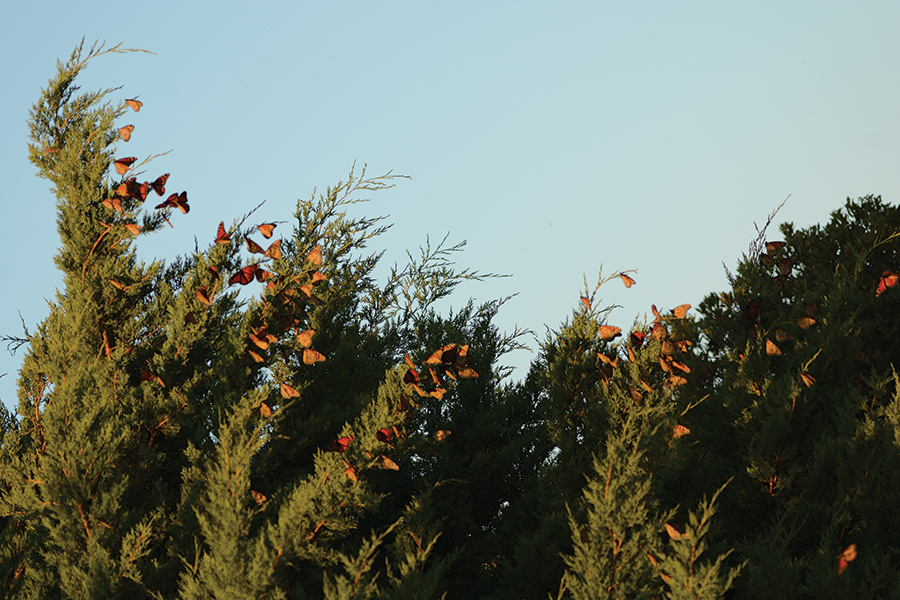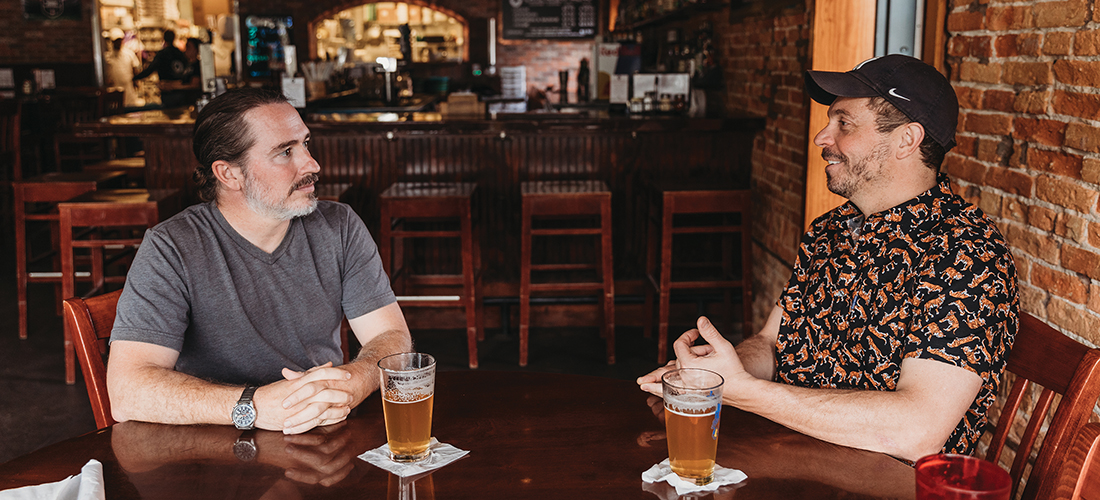In the exquisite relay of life, perhaps we really are where we’re meant to be
Story and Photographs by Virginia Holman
For most of our long, hot summer, I wished for fall. Then fall arrived. The calendar indicated the equinox had passed, the leaves on the crape myrtle crisped and littered the ground, but the hot hand of summer still had us in its grip. In a moment of heat-related delirium, I thought perhaps that I had not wished precisely enough: Of course, I’d meant a cool fall.
I coped with the thick heat by cowering indoors by the air conditioning vent and dreaming of moving to another shore — the rocky coast of Maine, where my husband and I vacationed for a couple of weeks early last summer. In Maine, in July, I’d wake each morning, shiver, pull on a sweater, and set a log on the fire. Then I’d drink cup after cup of black coffee while I waited for the sun to rise.
Coastal Maine’s rocky, crenellated landscape, its bracing salt water, its looking-glass tide pools, felt like a homecoming, although Maine is unlike any home I have ever known. There must be a word for this feeling — it’s not the oblique, alarming familiarity of deja vu or the phantom ache of nostalgia — it’s as if an image of the place you are meant to be has lurked in your marrow, perhaps as a genetic inheritance, long before you were you. Yes, that feels a bit strange to admit publicly — it’s the sort of out there, new age, hippie-dippy idea I’d expect from someone who’s been hitting the kombucha a little hard. But is it really that far out?
Over the last few years, I’ve marveled at the many migrations we see in the Cape Fear region, and not just those of birds, fish and marine mammals, but of insects. I should be clear: I’m not a scientist, nor a trained naturalist; I’m just someone who had always felt drawn to the shore, and I’ve spent a lot of time observing the little island where I live.

I first saw large numbers of monarchs migrating through Carolina Beach 12 years ago, when I happened upon a roost of several hundred monarchs in a cedar near the water’s edge. Though I knew that monarchs migrated on an epic journey from Canada to Mexico and back, I had no idea they moved through our region in veritable flocks.
It wasn’t until I began reading about these creatures that I learned they often fly thousands of feet above us, well out of binocular view. Then, a little before dusk, they descend from the sky to roost for the night. I also learned that it takes four generations of monarchs to make the return journey from Mexico to Canada. In other words, no single monarch completes the journey from north to south and back north. I’d always thought of migration as the headlong rush toward a single destination, and of the migrants as racing toward one finish line only to cross it and race back to cross the next one.
One of our most common dragonflies, the green darner, has a migration that’s much like the monarch’s. Generations of these dragonflies migrate from Canada to the Gulf of Mexico, but the journey is made in segments, each of which spans that dragonfly’s entire life.
An article published last year in The New York Times points out that “Dragonflies fly the routes that their great-grandparents, long-deceased, once did. They do so without any communication passed from older generations.” Theories abound on how this migration is accomplished. One is that migratory information encoded in the cells of these insects is passed from generation to generation, and that the monarch and the green darner navigate by reading the Earth’s magnetic fields using an internal “magnetic compass.”

It is hard to think of these generative migrations as something short of a miracle, but if that word seems perhaps too magical, perhaps genius is a good enough substitute. Think of it: When you observe a migrating monarch or green darner, you are witness to a never-ending migratory loop that has been repeated for thousands of years. The beauty never stops; there is no destination; there is no arrival. No single place is home. Where do they live? Where we do, using what we most urgently need to survive: Earth, sky, water, sunshine, space.
For a couple of months after our Maine visit, I dreamed of moving north, until one 65-degree North Carolina October morning when I shivered, grabbed a blanket, and thought that perhaps this Southern girl isn’t meant for snowy New England winters. Some days Carolina Beach feels like home; sometimes Maine does. I’ve decided to take my cue from the dragonflies. After all, each place they are in their exquisite relay is precisely where they are supposed to be; a journey home that lasts the whole of their lives and beyond.
Author and creative writing instructor Virginia Holman lives and writes in Carolina Beach.


